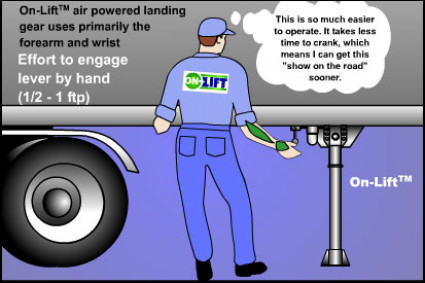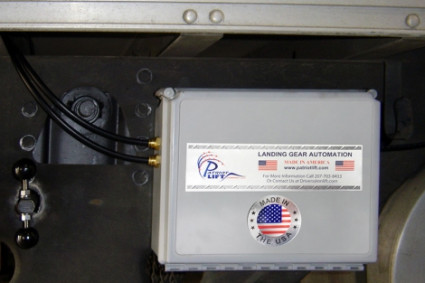
The U.S. Department of Transportation (DOT) has established stringent drug testing requirements for commercial drivers to ensure the safety of the roads and the well-being of the drivers themselves. These regulations are pivotal for anyone holding a Commercial Driver’s License (CDL) and for employers within the transportation industry.
This comprehensive guide will walk you through the specific requirements, including the frequency of testing and the substances screened for, ensuring you stay compliant and safeguard your career.
Understanding DOT Drug Testing
DOT drug testing is governed by the Federal Motor Carrier Safety Administration (FMCSA), a subset of the DOT. It applies to commercial drivers who operate commercial vehicles (CMVs) that require a CDL. The goal is to deter substance abuse within the transportation industry, enhancing road safety for everyone.
When Are Commercial Drivers Tested?
Commercial drivers are subject to six primary scenarios under which DOT drug testing is required:
- Pre-Employment: Before a driver can be officially hired to operate a CMV, they must undergo and pass a drug test. However, if a driver has participated in a DOT drug testing program within the previous 30 days and has not violated any substance abuse policies, this requirement may be waived.
- Random Testing: Drivers are randomly selected for testing at unannounced times throughout the year. This is to ensure ongoing compliance with DOT regulations.
- Reasonable Suspicion: If a trained supervisor suspects drug use based on observable behavior, appearance, speech, or odor, the driver must be tested.
- Post-Accident: In the event of an accident involving a CMV, the driver may be required to undergo testing, especially if the accident results in fatalities or the driver receives a citation for a moving violation.
- Return-to-Duty: If a driver has violated drug and alcohol regulations, they must complete the return-to-duty process, which includes being tested.
- Follow-Up: Following a violation, a Substance Abuse Professional (SAP) will determine a testing schedule for the driver, which includes at least six tests in the first 12 months after returning to duty.
What Substances Are Screened?
The DOT drug test screens for five categories of substances:
- Marijuana/Cannabis
- Cocaine
- Opiates – including heroin, codeine, morphine, hydrocodone, hydromorphone, oxycodone, and oxymorphone
- Amphetamines and Methamphetamines
- Phencyclidine (PCP)
The Testing Process
The DOT drug testing process is meticulously designed to protect the integrity of the sample and ensure accurate results. It involves collecting a urine sample from the driver, which is then analyzed at a laboratory certified by the Health and Human Services (HHS). The process is split into two parts: the initial screen and, if necessary, a confirmatory test for positive results. Should a test come back positive, the result is reviewed by a Medical Review Officer (MRO) to determine if there is a legitimate medical explanation for the result.
Compliance and Consequences
Failure to comply with DOT drug testing requirements can result in severe consequences for commercial drivers, including the loss of their CDL, employment termination, and being barred from operating CMVs. Employers are also subject to penalties for non-compliance, highlighting the importance of adhering to these regulations for both individual drivers and their employers.
Conclusion
Navigating DOT drug testing requirements is essential for commercial drivers and their employers to ensure safety, compliance, and the continuation of their professional driving careers. Understanding the when, how, and what of these requirements is the first step towards maintaining a safe and compliant transportation industry. Remember, the objective behind these regulations is not just to enforce rules but to foster a culture of safety and responsibility on the roads. Stay informed, stay compliant, and drive safely.








